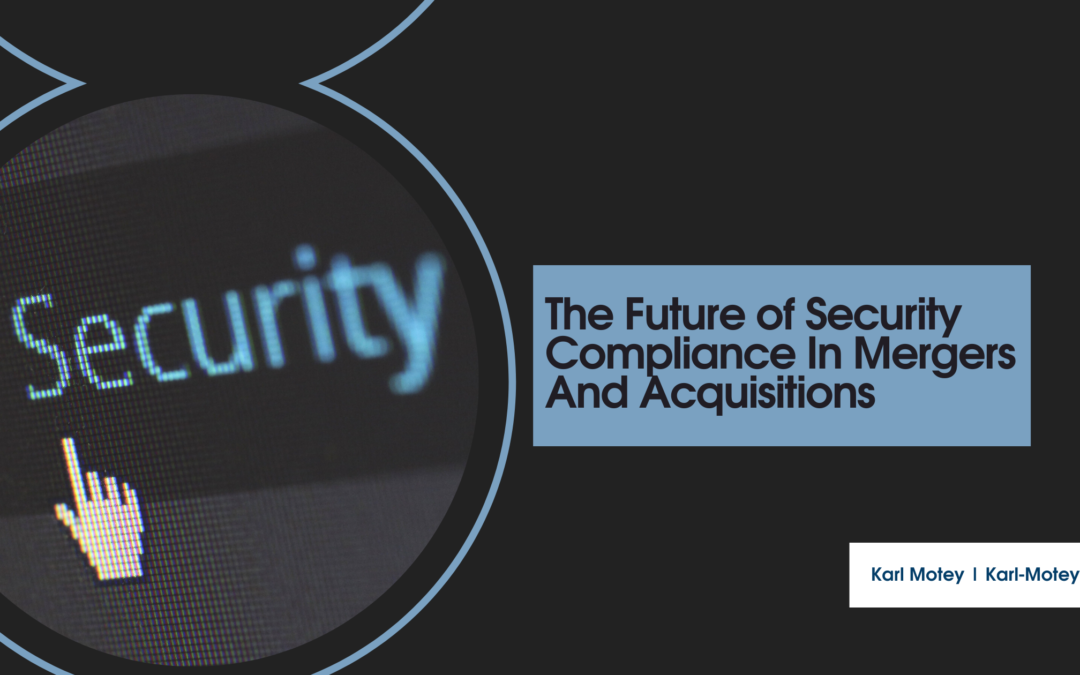Security compliance is an oft-misunderstood element of running a business effectively. Yet it plays a vital role, especially during significant transitions, such as mergers and acquisitions.
Given how much technology has changed in recent years and how much it is likely to continue changing, it is valid to wonder about the future of security in the business world. The need for security compliance will l likely never change, though the methods almost certainly will. Read more to better understand the future role of security compliance.
Security Compliance
Security compliance stems from IT and security professionals, but every person within a business plays a role. Employees must be adequately trained in security measures, ensuring they have a basic understanding of their function and importance. More importantly – they must follow these measures consistently.
Following security compliance can come in many different forms and frequently blend physical and digital measures. This combination helps to best protect the company and all assets, especially during a merger or acquisition.
Security compliance can be a challenge even in the best of times, but things tend to get a bit more complicated when two companies are merging. Instead of getting one team on board, two (or more) teams need to be instructed and monitored.
Changing Security Risks and Trends
Traditionally, security compliance has always been a blending of elements. However, recent years and trends have forced a renewed look towards digital security measures. The threat posed by hackers has been consistently rising, and these malicious figures know when to strike a company at its weakest. Stereotypically, a company going through restructurings, such as a merger or acquisition, is considered at higher risk.
This is where long-term planning from IT security comes into play. Their responsibility is to understand modern threats, keeping both the system and the people that maintain it up to date.
Part of the challenge with any M&A is the analysis of compliance and risks for the new parties involved. This is a lengthy process and one that should never stop once the merger or acquisition is complete. In other words, when done correctly, this process can take years.
